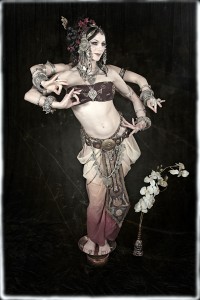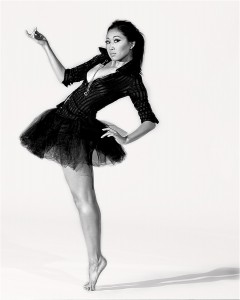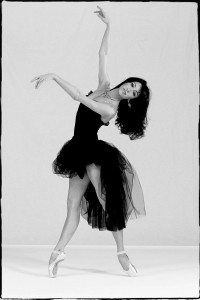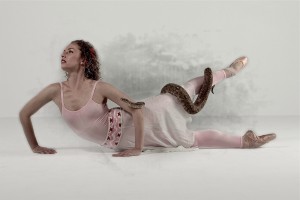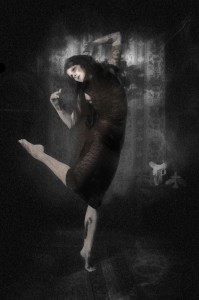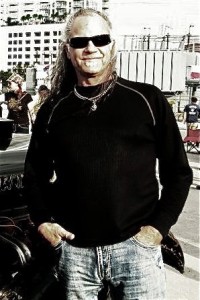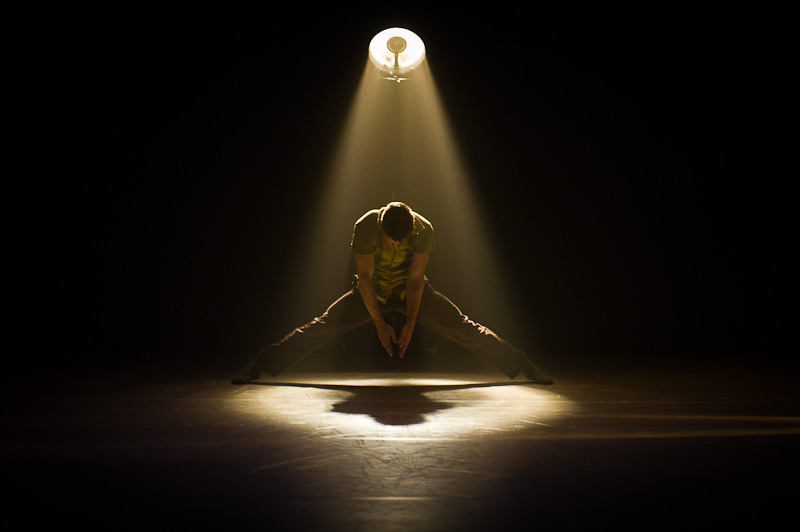This week we feature another dance photographer–Rachel Neville. We reached out to her to learn more about her path into dance photography and are pleased to be able to share some of her beautiful images here with you today…
 How did you wind up doing dance photography?
How did you wind up doing dance photography?
A knee injury brought me home from Europe where I was dancing in Germany in 1995, I think it was. I had quit high school to go train at Rosella Hightower’s in Canne so my first job was to go back and finish. The grade 13 art course turned out to be a photography course and I was hooked. I went to college for photography, graduated and started working right away. My first jobs were mostly in the wedding, portrait and commercial industry, I spent many years shooting dancers on the side for fun or doing what we call in Canada ‘recital photo’s’ (pictures at the end of the year of the kids in their costumes). It wasn’t really till we came to NYC 7 years ago that I started doing what I call my ‘real’ work or passion.
What do you enjoy the most about working with dancers?
Where to start? I love lines, shapes and textures. What more perfect a subject then but dancers? I love feelings and emotions and energy… again – dancers. Most of all, when we are shooting for a story line or a concept or some creative idea, I love it when it all comes together, the lighting, styling, background, dancer/s, when everything comes together and you get that ahhhhh moment. Its a bit like having a great performance, the high.. Dancers who have worked with me know that I get excited and do a little happy dance when that occurs. And dancers who have worked with me previously always are looking for that moment too, when we shoot.. I’m generally not satisfied until it happens, and they know that until it does we don’t ‘have it’.
 What do you think is the biggest challenge when it comes to capturing dance with the camera?
What do you think is the biggest challenge when it comes to capturing dance with the camera?
Umm, I suppose you might expect an answer like ‘capturing the moment’ or ‘getting the dancer to look right in 2D what is normal in 3D’. I’ve not felt that to be a challenge for several years, but I think like anything else, once you master a challenge you move onto the next one. Right now I’m all about getting dancers in front of me to get outside their heads and give me something more, their energy, their personality, their character.. and having that come across. We all spend so much time looking at and detailing the body, our instrument, but when all is said and done if there isn’t a feeling or impetus behind a movement or shot, then I get a little bored.
Can you describe a typical “shoot” with a dancer or company?
Sure, it starts with a conversation or consultation, where I find out what a clients goals/needs/’why they called me’ answers are. Then we look to creating a look/feel/storyboard for achieving the maximum for the budget a client has to work with. On a typical shoot, we will arrive usually 30-60 minutes in advance so that dancers can warm up, get ready and feel comfortable with the space and me (this is important, if you are going to give your all with a photographer having some type of rapport with them in advance a little bit is helpful to be able to let go and give), and I or my assistant will start setting up our gear. We usually start with some basic movements or poses that we had thought out in advance for the dancer to get into the groove and for me to learn their body and facility. I shoot tethered to a computer so if I need to have the dancer see how they are looking in the 2D we can analyze and fix on the spot together. Once the ball gets rolling we move to other poses, costumes, improve a little bit, making sure we have several really good shots to pick from (I like to have the client’s choice be difficult in having just a few too many to choose from), all the time looking for those really special images. Sometimes it’s the client who has ideas to ‘play’ with, often times it’s me who suggests something a little different. The best shoots are really collaborations between everyone involved, whether that is just me and a dancer, or a director, dancer, and myself coming up with ideas and things to try. The more time you have to play, the better!
What has been your favorite experience in terms of working in the field thus far?
This is a hard question, I try to have every shoot be excellent. I think shoots where creatively we’ve done something I haven’t done before are my favorite. For example, going down to Arizona to shoot dancers in the Antelope Canyons will always be top of my list. I would love to go back there one day with more dancers from a company and do a calendar for them.

BIO: Rachel was born in Toronto, Canada where she trained to become a dancer before moving to Europe at 18 years of age. After a knee injury, she moved back to Toronto where she completed a degree in photography at Humber college in 2000. Working in weddings and commercial photography, her passion for dance had her move to NYC in 2006 with her photographer husband David Giesbrecht. Her work has been seen in many different posters, postcards and media outlets including Dance Magazine, Pointe Magazine, the New Yorker and others. She currently shares a studio in Williamsburg and lives in Queens with her husband and 2 young daughters.
Learn more about Rachel and see additional dance photography she has done on her website.






